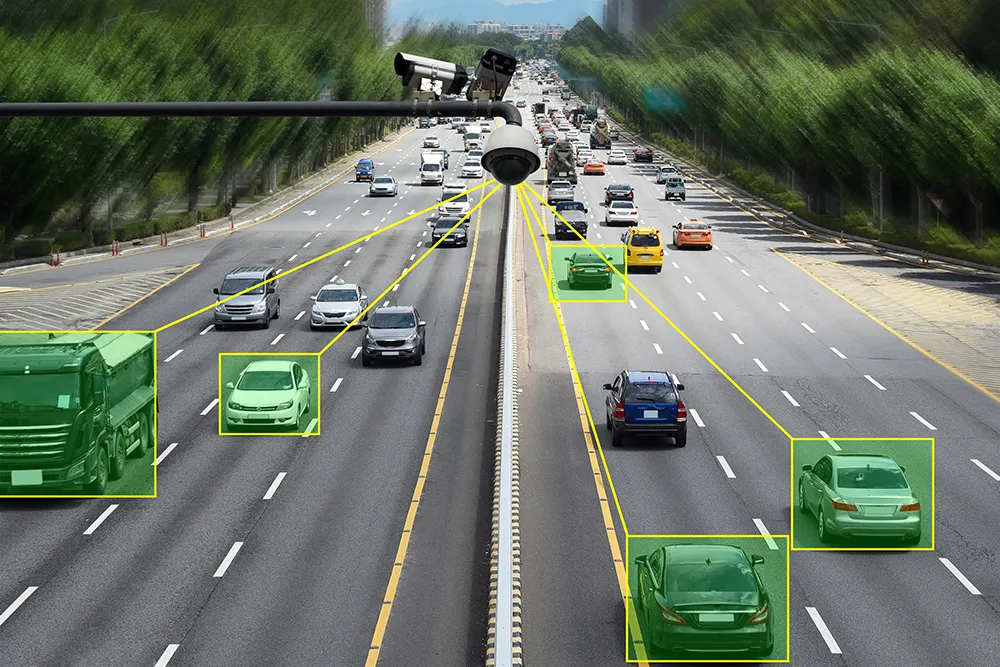Berghaus has announced that the very latest high-output LED technology developed and produced by the company is now being fitted in its low-cost ultra-flat LED advance warning light for a wide range of applications. Berghaus says that while elsewhere a large number of LEDs are needed, its technicians manage with just a single high-output LED with excellent surface illumination, as verified by test results from the German Federal Highway Research Institute (BASt). An integrated automatic dimmer adapts the lu
January 31, 2012
Read time: 2 mins

Berghaus has announced that the very latest high-output LED technology developed and produced by the company is now being fitted in its low-cost ultra-flat LED advance warning light for a wide range of applications.
Berghaus says that while elsewhere a large number of LEDs are needed, its technicians manage with just a single high-output LED with excellent surface illumination, as verified by test results from the1938 German Federal Highway Research Institute (BASt). An integrated automatic dimmer adapts the luminosity of the LED advance warning light with fully variable adjustment to the ambient brightness. This ensures that road users are not dazzled and current consumption can even be reduced to 55 mA (at 24V) in complete darkness. Other advantages of the electronic control developed by Berghaus include, for example, standard electronic reverse polarity protection and undervoltage protection. In addition, the lights can operate with either 12V or 24Vdc without having to switch over.
Berghaus says that while elsewhere a large number of LEDs are needed, its technicians manage with just a single high-output LED with excellent surface illumination, as verified by test results from the









